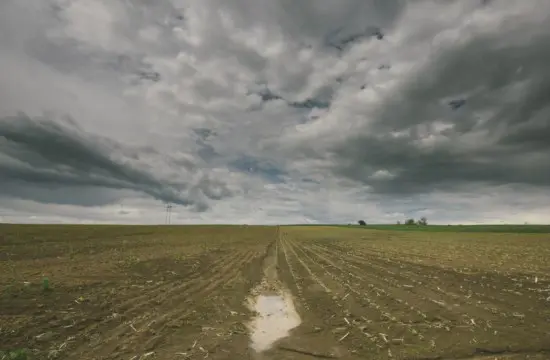When it comes to weather, there is no such thing as a normal year. Each season comes with its own extremes, and in farming, we watch those extremes with a sharp eye. A wet spring or a dry summer changes the way we make decisions, making weather trends an important factor when planning for each growing season.
El Niño is a regular weather pattern characterized by warmer-than-normal water temperatures in the Eastern equatorial Pacific. In some desert countries in western South America, it means 30-60 inches of rain annually, instead of the normal 2-3 inches. In the Midwestern United States, El Niño means closer-to-average weather during the growing season, often providing a boost in corn and soybean yields.
“About once every seven years, when we have an El Niño influence in the Midwest, there is a 70 percent chance the crop will be above average, rather than the 50-50 chance we have most years.” said Elwynn Taylor, professor of ag meteorology at Iowa State University.
But often, El Niño is followed by a lesser known trend called La Niña. La Niña is a cooling of that same water in the Pacific. The weather changes caused by this deviation – which can swing from excessive rain to severe drought – forces crops to adapt to extremes, putting more energy into survival and less into grain production.
Luckily, while this year saw the end of a strong El Niño and many indicators that pointed to a La Niña, experts now are saying this La Niña pattern may have fizzled.
“La Niña doesn’t always follow an El Niño,” Taylor said. “Of the last five strong El Niños, only two were followed by a severe La Niña.”
We can’t tell what stage we’re coming into just by changes in the sea surface temperature. It takes at least a week to notice the impact of any change in the Pacific water temperature. While the rest of the world judges El Niño and La Niña by ocean temperature alone, the Midwest uses the pattern of high and low pressure associated with the temperature of the sea to determine how severely the pattern will impact the Midwest.
“Based on what we saw in November, we’re not looking at too much risk for the upcoming season,” said Taylor. “It’s somewhat less that what we were initially expecting.”


